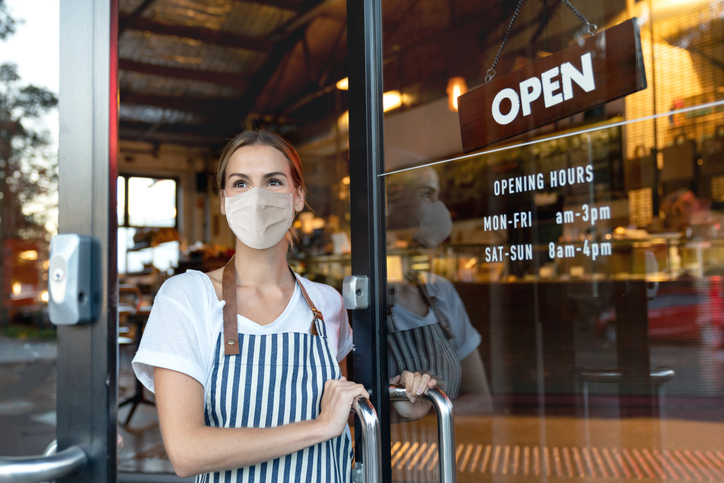“Flexible Furlough” and Self Employed Grants: “Flexible Furlough” starts 1st July
“Flexible Furlough” and Self Employed Grants: From 1 July the new CJRS “Flexible furlough” grant scheme starts, which will allow employers to gradually bring their furloughed employees back to work part-time. The new scheme will be in place until the end of October and the Government will gradually reduce the amount of grant towards employees’ furlough pay to 70% in September and 60% in October.
The grant paid by the Government via HMRC will remain at 80% of the employee’s normal pay for July and August but they will stop reimbursing NICs and pension contributions from 1 August 2020.
Further details on the operation of the new scheme were announced on 12 June 2020 which are summarised below. We will of course continue to assist you in making furlough claims.
“Flexible Furlough”: Key Conditions for New “Flexible Furlough”
Only those employees who have been furloughed and included in a claim under the original CJRS scheme may be included in a claim for the new flexible furlough. That means they must have been furloughed on or before 10 June to allow a full 21 days prior to the end of the original scheme.
A further restriction is that the maximum number of employees that can be included in a flexible furlough claim cannot exceed the maximum number included in a claim under the original scheme. Thus if the employer has 8 employees split into teams of 4 and furloughed team A for three weeks and then team B for 3 weeks the maximum number of employees that can be included in a flexible furlough claim will be limited to 4.
Unlike the original CJRS furlough scheme there is no minimum furlough period as the intention is to allow employers the flexibility to gradually bring employees back to work. The hours/days worked will need to be agreed between employee and employer which is likely to involve amending the employees’ contracts.
Employees will be entitled to their normal contractual pay for the hours that they work and must be paid at least 80% of their normal pay for the hours that they are furloughed, even when HMRC are only reimbursing 70% or 60%. Employers will need to notify HMRC of the employee’s usual hours and the hours worked in the claim period. The furloughed hours will be the difference. This will be complicated where the employee’s hours vary. There is currently a lack of clarity in the HMRC guidance on the calculation of “usual hours” and we will of course be available to assist you in making your claim. We will also be able to make the claims on your behalf. Each claim made by an employer must be for a week or more and no claim period can straddle a calendar month end.
Second Self Employed Income Support Grants
On 29 May the Chancellor announced that the grant scheme to support the self employed would also be extended with a further payment based on 70% of average profits for the 3 years ended 2018/19, limited to £6,570 rather than £7,500. The eligibility criteria remain broadly the same as the first grant claim. Self employed profits in 2018/19 must not exceed £50,000 and must be more than 50% of your total income.
If that test is not met, then the same £50,000 and 50% tests are applied to average profits and total income over the three years (or shorter period) to 5 April 2019. Self employed traders need not have claimed a grant under the old scheme to qualify for the August payment and are required to confirm that their business continues to be adversely affected by Covid-19. The deadline for making a claim for a grant under the original SEIS scheme is 13 July 2020.

